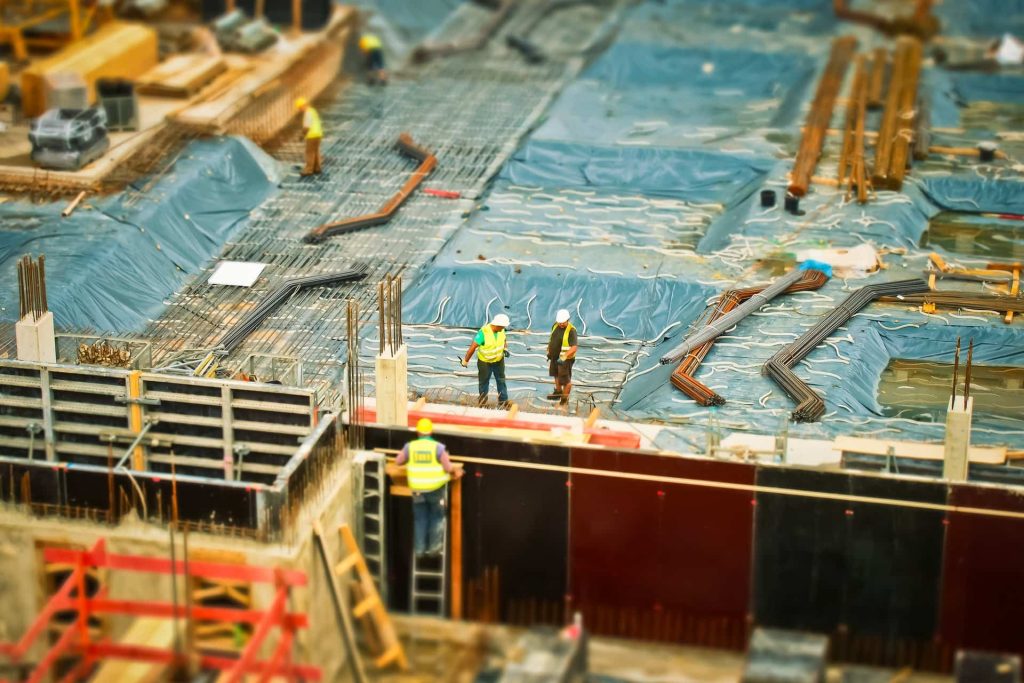
In the realm of modern construction, steel buildings stand tall as shining examples of innovation, durability, and versatility. From towering skyscrapers to sleek industrial warehouses, steel structures have become synonymous with strength, efficiency, and aesthetic appeal. Let’s delve into the fascinating world of steel buildings and uncover the myriad benefits they offer in today’s built environment.
The Foundation of Steel Construction
Steel buildings are constructed using structural steel components, which provide exceptional strength and flexibility. Unlike traditional building materials like wood or concrete, steel offers a high strength-to-weight ratio, allowing for greater design freedom and more efficient use of space. This inherent strength makes steel buildings capable of withstanding extreme weather conditions, seismic activity, and other environmental challenges with ease.
Versatility in Design
One of the key advantages of steel buildings is their versatility in design. Steel’s inherent strength allows for long spans and open floor plans, creating vast, column-free interiors that can be customized to suit a wide range of purposes. Whether it’s a soaring office tower, a sprawling warehouse, or a sleek retail space, steel buildings offer unparalleled flexibility in design, allowing architects and designers to bring their visions to life with precision and creativity.
Speed and Efficiency in Construction
Steel buildings are renowned for their speed and efficiency in construction. Pre-engineered steel components are manufactured off-site to precise specifications, ensuring consistency and quality control. Once delivered to the construction site, these components are quickly assembled using bolted connections, reducing construction time and labor costs significantly compared to traditional building methods. This streamlined construction process allows for faster occupancy and quicker return on investment, making steel buildings an attractive option for developers and building owners alike.
Durability and Sustainability
Steel buildings are built to last, withstanding the test of time and requiring minimal maintenance over their lifespan. Steel is inherently resistant to fire, mold, and pests, reducing the risk of damage and deterioration. Additionally, steel is a highly recyclable material, with a significant portion of steel used in construction being recycled from previous projects. This sustainability factor, coupled with steel’s durability and longevity, makes steel buildings an environmentally responsible choice for modern construction projects.
Conclusion
In conclusion, steel buildings represent a pinnacle of modern construction technology, offering unmatched strength, versatility, and efficiency. From their sleek, contemporary aesthetics to their rapid construction and long-term durability, steel buildings have revolutionized the way we build and inhabit our built environment. As the demand for sustainable, cost-effective, and resilient construction solutions continues to rise, steel buildings stand poised to lead the way into a bold new era of architectural innovation and excellence.
